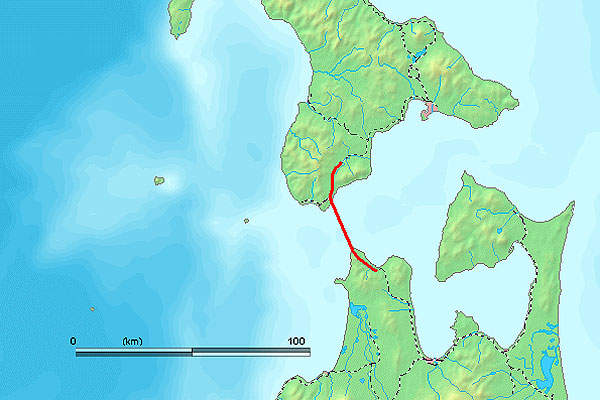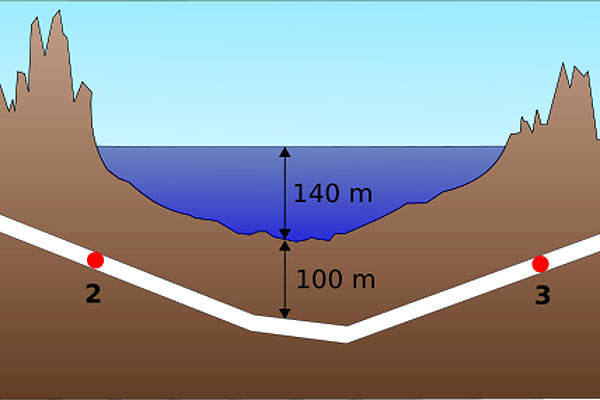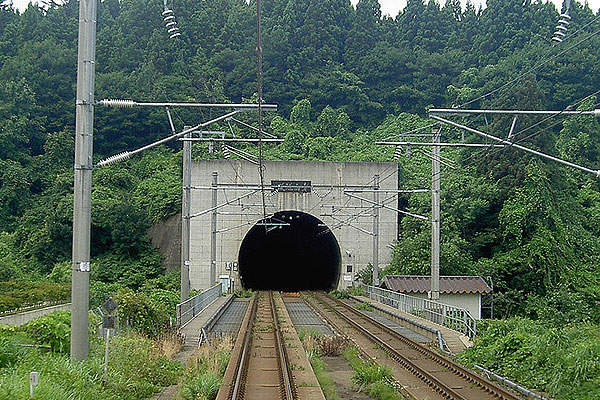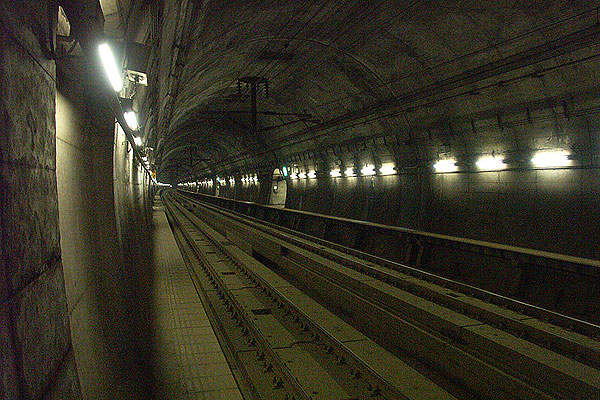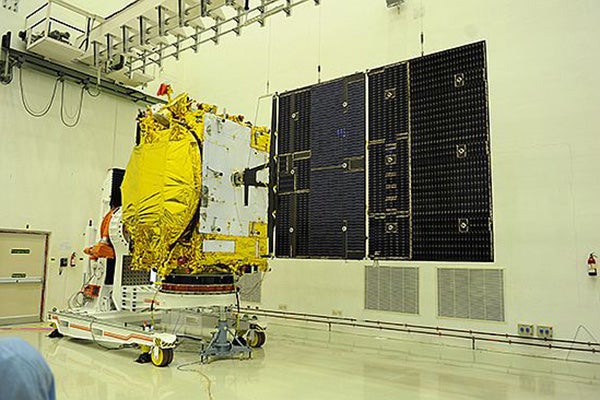
Škoda Transportation, a Czech-based company engaged in transport engineering, launched its first 100% low-floor bi-directional five-section tramcar 28 T in October 2013 for the city of Konya in Turkey.
The new vehicle is based on the tram 26 T designed for Miskolc city in Hungary. The 28 T adheres to the latest safety standards in Europe and has low operating costs as it benefits with energy recovery when braking.
It can accommodate up to 364 passengers as the electric equipment is placed on the roof of the vehicle. Boarding edge is at the height of 330mm above the top of rail, which allows passengers to board and alight conveniently.
The tramcar has a length of 32.52m and a width of 2.55m. It can reach a maximum speed of 70km/h.
Design and features of 28 T tramcar
The design of the 28 T tram was inspired by the Islamic architectural themes and the whirling Dervishes of Konya city. The concept and design of the trams allow for a wide modularity of length, width, gauge, number of seats and supply voltage, among others. The interior design of the cars is based on a concept of multi-articulated vehicles.
The body of the tram is made of welded steel and coated with anti-corrosion paint. The central undercarriage features a parking brake and either side of the driver’s compartment is fitted with two front rear-view mirrors. The air-conditioning system has been modified to suit Turkish climatic conditions.
The 100% low-floor design and the low boarding edge allow passengers to board and deboard the tram with ease. The noise levels inside the bogies are kept low.
The interior space is optimally utilised for comfortable passenger transport, simultaneously facilitating convenient movement of passengers. The vehicle design and its boarding area allow passengers to board from a street refuge without using assisting equipment.
The driver’s cabin is designed to offer comfort and safety for driver during the course of normal travel and also in the event of vehicle collisions. All bogies have identical wheels whose rims are fitted with dampening rubber inserts for reducing the noise levels.
28 T tramcar equipment
The electro-dynamic brake exercises most of the brake power. The traction equipment facilitates recovery of the braking energy back to the mains. If the recovery is not required, a portion of the energy is used to power auxiliary appliances installed in the vehicle and the remainder is wasted in the brake resistor.
The electro-dynamic brake is enabled to work automatically even in the event of trolley voltage outage. The friction disk brake system automatically takes over the entire braking operations to halt the tram in emergency situations. The electrical pressure unit automatically controls the friction brake.
Four double-wing and two single-wing exterior sliding doors on either side of the tram allow the entry and exit of passengers. Each bogie is fitted with a pair of 24V DC electromagnetic rail brakes.
Konya 28 T tramcar orders and deliveries
Škoda Transportation bagged a direct contract worth €104.7m ($134.1m) in March 2013 to supply 60 fully low-floor tram cars for the city of Konya in Turkey. Other companies that bid for the contract were Bombardier, Pesa, CAF, Astra Arad and CNR Tangshan Railway.

